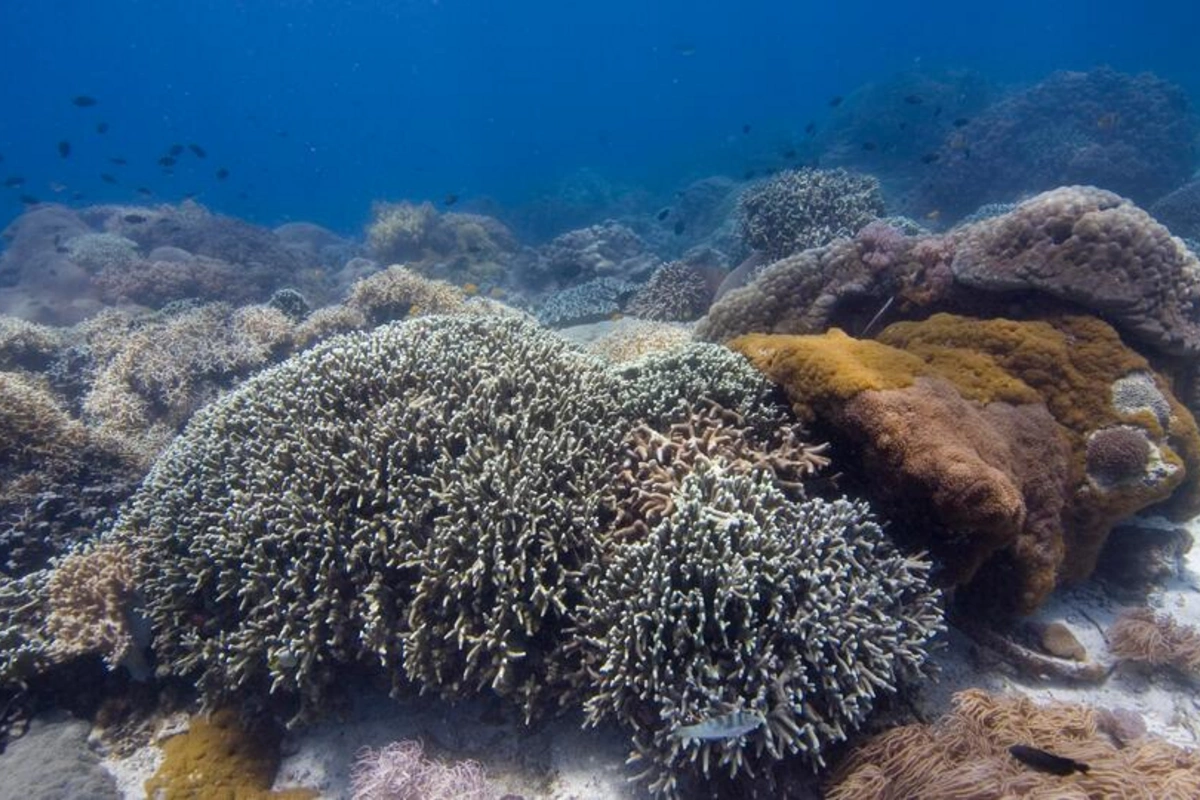How global warming is destroying the Pacific Ocean ecosystem

Life in the Pacific Ocean is becoming dangerous for creatures. Fish and large inhabitants are decreasing, many are migrating. Changes are especially visible in mollusks, which are dying out in entire populations. All this is also reflected in marine fishing. The REN TV correspondent found out the reason.
The sea is blooming - water is covered with seaweed and algae to a depth of one and a half meters. This territory is no longer suitable for echinoderms, sponges and mollusks - plants have taken over.
"Oysters or Japanese scallops develop in colonies. Such places are scientifically called banks. Here, a scallop bank has existed for more than 10 years," the correspondent showed.
The completely dead bottom is strewn with mollusk shells - venus clams, ark clams, and surf clams - all have died. The sizes of the shells are small, this is young - the future of the flora of the Sea of Japan.
"Most likely, we will note mass mortality. And this is not immediately visible. This local overheating - the mollusk got sick, like any living organism. Once sick, it can be ill for several months. It may die in winter, not survive the winter," said Sergey Maslennikov, senior researcher at the Zhirmunsky National Scientific Center of Marine Biology, Far Eastern Branch of the Russian Academy of Sciences.
In summer, mollusks should accumulate nutrients, but at such water temperatures in the sea, they are like boiled - sluggish and inactive. Usually, the Sea of Japan is this warm for only a couple of weeks a year - in August. But this time, the Korean current warmed the water already in June - the stress for hydrobionts is prolonged - for about three months.
"Each hydrobiont, in our case an oyster, has an optimal regime in different parts of the world in which it develops and grows. When the water gets colder, it goes into suspended animation, stops feeding. When the water gets warmer, it feels bad, hot, resulting in natural die-off," explained aquafarmer Sergey Vakhnin.
This natural die-off among aquafarmers is higher than usual this year. And the cages with fry have to be cleaned more often from microalgae. All this affects the price of cultivated mollusks - they are becoming more expensive, maintenance costs need to be covered.
"We can only adapt our technological process to the conditions that arise. There is no big influence on the process. If the water warms up sharply, everything will die," noted aquafarmer Alexander Patrin.
Scientists now generally prohibit eating wild mollusks. Warm water has made them dangerous for humans.
"Algae have appeared in fairly high concentrations, which can be potentially dangerous because they produce diarrheal toxins that are subject to mandatory control in seafood," explained Tatyana Orlova, leading researcher at the Zhirmunsky National Scientific Center of Marine Biology, Far Eastern Branch of the Russian Academy of Sciences.
The heat in the Sea of Japan has also caused natural fish migration. Those that prefer cold water have left, southern species have entered.
The temperature in the south of the region is now equal to the temperature of the subtropics - Vietnam and Thailand. Warm water is certainly more pleasant, but also more dangerous. And mollusks and farmers turned out to be not ready for this.
Similar News
Trump: We can make a decision on new sanctions against Russia
The United States is considering the possibility of imposing secondary sanctions against Russia. This was stated by US President Donald Trump, reports TASS. "We...




 Azərbaycanca
Azərbaycanca  По-русски
По-русски  English
English 





